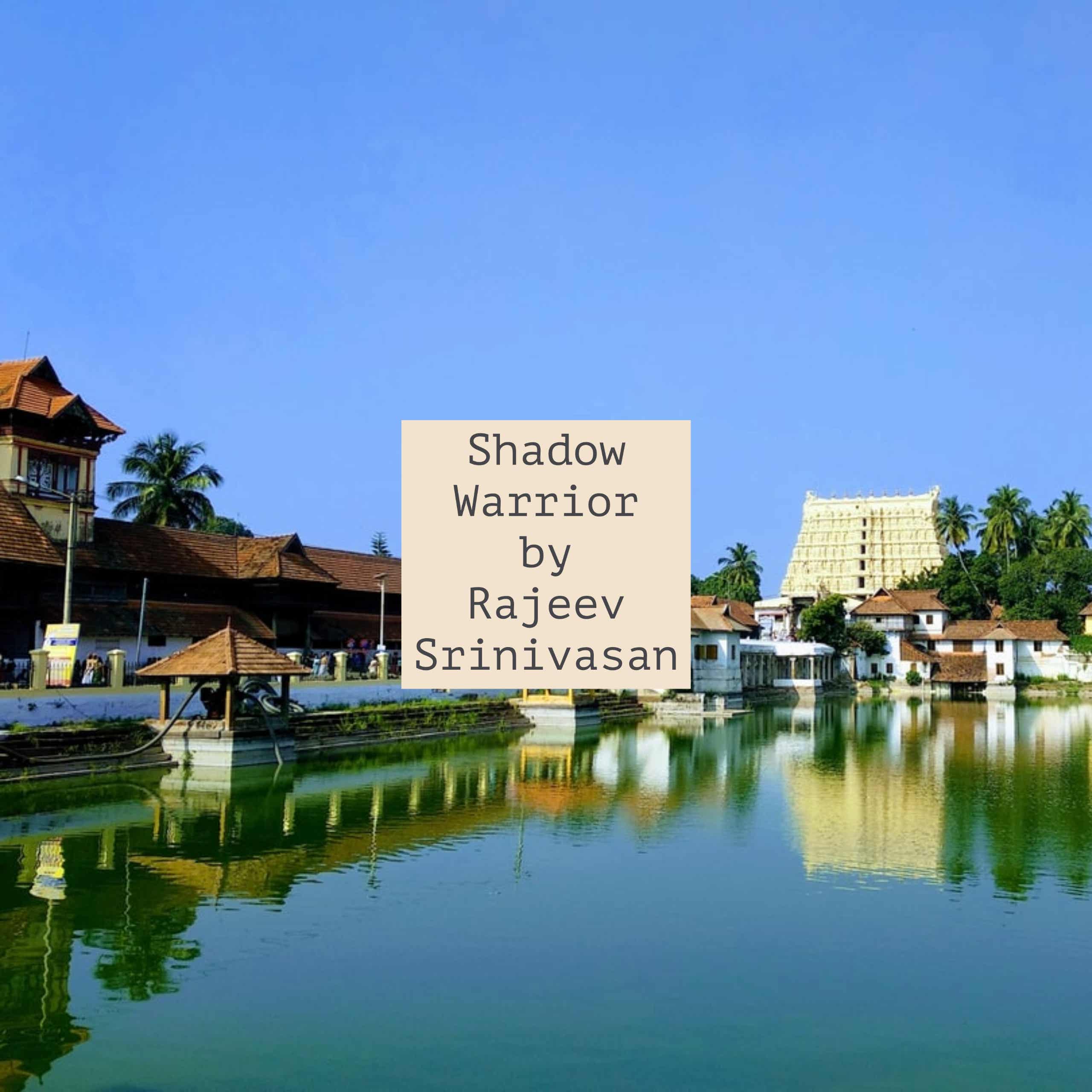Ep. 78: Cinema as metaphor: Enough with trashing Hindu sentiment, especially as streaming largesse fades!
Description
A version of this essay has been published by swarajyamag.com at https://swarajyamag.com/culture/cinema-as-metaphor-enough-with-trashing-hindu-sentiment-especially-as-streaming-largesse-fades
The ongoing debate about three Hindi/Urdu films: Lal Singh Chaddha, Shamshera and RakshaBandhan is interesting. Social media is trending calls to boycott all three because they show Hindus and Hinduism in a bad light. They are not all released yet, so in some cases it is the antecedents of the principals, and their prior bad behavior, that is triggering boycott calls.
This is intriguing for several reasons: one is that usually passive Hindus are standing up for their faith in peaceful dissent; two is that cinema has such deep visceral impact that they can manufacture the truth; three is that the financials don’t add up; four is that we may have passed peak Hindi/Urduwood; and five is the persistent hypocrisy of the ‘liberal’ crowd screaming about freedom of expression within weeks after they urged a boycott of The Kashmir Files and grumbled about devout Hindu Nambi Narayanan in Rocketry: The Nambi Effect.
I confess I am not a regular film-goer, especially not someone who habitually watches Hindi/Urdu films, although at one time I was a fan of the New Wave of independent/realist films in Hindi, such as Bhuvan Shome, Albert Pinto, Aakrosh, Garam Hawa, Uski Roti. The last two films I saw in theaters were Tanhaji and The Kashmir Files. This is partly because I find the increasingly Urduized lingo in mainstream films simply incomprehensible. Streaming video’s subtitles do help.
I used to see a lot of Malayalam films. Often New Wave, low-budget, realist (and outstanding) films, such as Piravi, Uttarayanam, Kanchana Sita, Vaastuhara, Elippathayam, Swayamvaram (but now I watch mostly mainstream films streamed on OTT). Malayalam mainstream film is where I first encountered what has now become endemic enough to outrage a lot of viewers: the casual or deliberate attack on Hindus and Hinduism.
The specific film that first sensitized me was 1973’s Nirmalyam, which won national awards. The climactic scene has a velichapad, or temple oracle, spitting on the deity at the small, poor Hindu temple that he had served all his life, in despair that his life was ruined, and he falls down dead. Notably, the very fine actor was a Christian named P J Antony. (You might remember another Christian years later in Kerala who was accused of blasphemy and had his hand cut off.)
What staggered me was that you would never see such a scene about any other religion in even the most ‘progressive’ Malayalam films, as it would be blasphemous, and there would be umm… consequences. But in the lexicon of leftist ‘intellectuals’, such a narrative demeaning Hindus is acceptable, and the director/writer went on to win the Jnanpith for his body of work about decadent Nair families: after all, the Akademi was dominated by people with similar views.
I began to notice that Hindu swamis are inevitably portrayed as crooks, rogues or cheats in Malayalam films, whereas Christian padres are uniformly holy and kind, and Muslim mullahs always stern but with a heart of gold. That is a standard leftist narrative. Over time, the narrative has become rigid, and even in fictional retellings of real incidents where an Abrahamic hurt a Hindu, the roles are reversed, so that the villain is always a Hindu.
Over time, as wealthy Christians began to fund the films, their stories began to take center stage, but the motif of Hindu-hatred continued. Now the majority of films are funded by wealthy Muslims, but the Hindu-hatred is unabated. I think this is pretty much the case in Hindi/Urdu films too now, where it is par for the course to mock Hindus, Hindu religious rituals and deities.
The demonization in Malayalam is so extreme that a recent film, Meppadiyan, was attacked simply because it had a staunch and religious Hindu protagonist, and featured a Sewa Bharati-
More Episodes
A version of this essay has been published by firstpost.com at https://www.firstpost.com/opinion/opinion-what-makes-trump-a-better-candidate-for-india-and-world-13831800.html
An AI-generated (courtesy notebookLM.google.com) podcast based on this essay is here:
In all humility, I accept that my...
Published 11/03/24
The potential consequences of a Trump presidency for India span multiple dimensions, including military, economic, trade, cultural, financial, and social aspects. Here’s an overview of these impacts:
Military and Geopolitical Implications
- Defense Ties: Under Trump, India may continue to...
Published 10/27/24


